Pilot, Know Thyself: Discovering What It Means to Be Painfully Average
Flying Magazine
JUNE 10, 2025
degrees per second, and lifted off at a pitch attitude of 6.5 minutes, covered 1,722 nm at an average ground speed of 511 knots, and burned 22,200 pounds of jet-A. Below 500 feet I got a bit slow, momentarily down to 147 knots, versus a reference speed of 144 and target of 152. I hand-flew the first 13.3



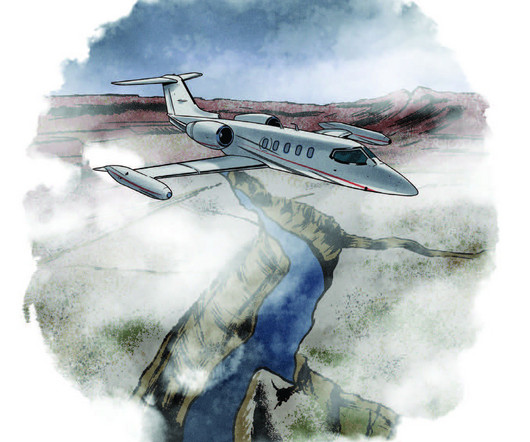





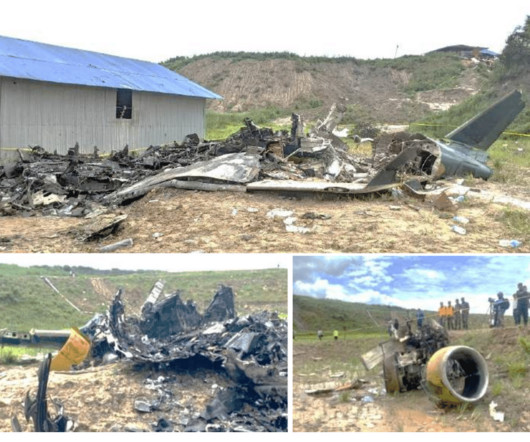
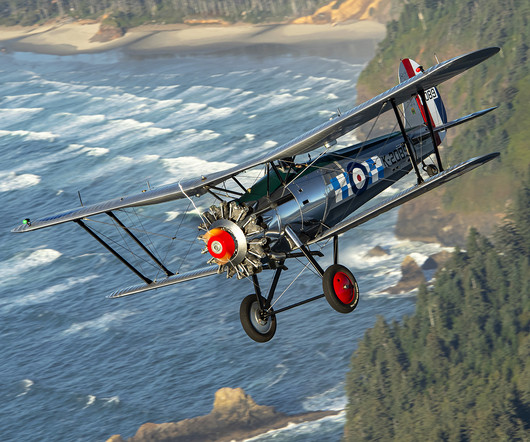



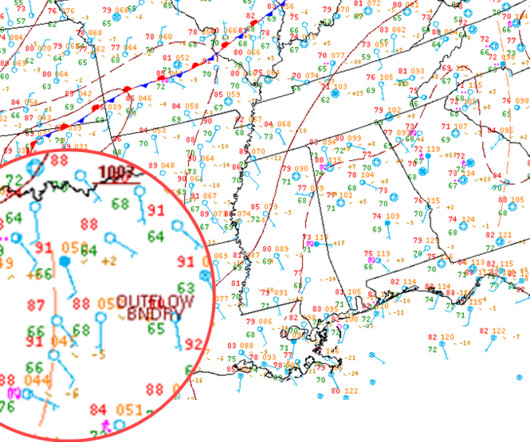
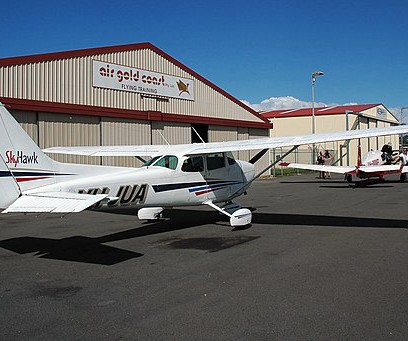
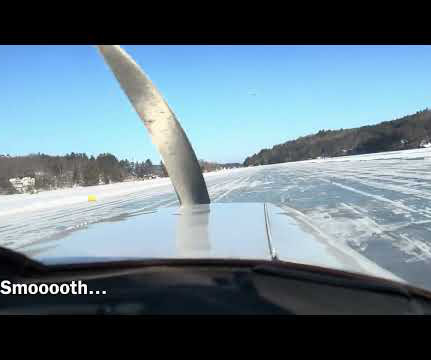
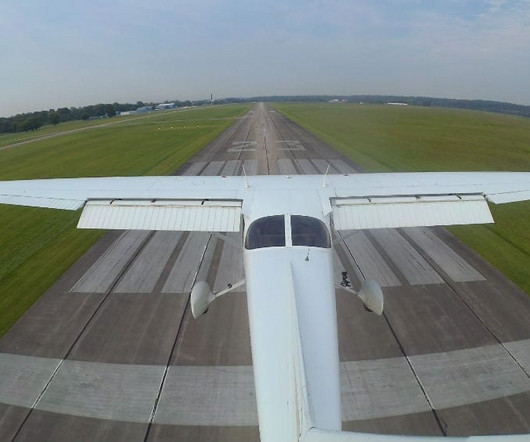






Let's personalize your content